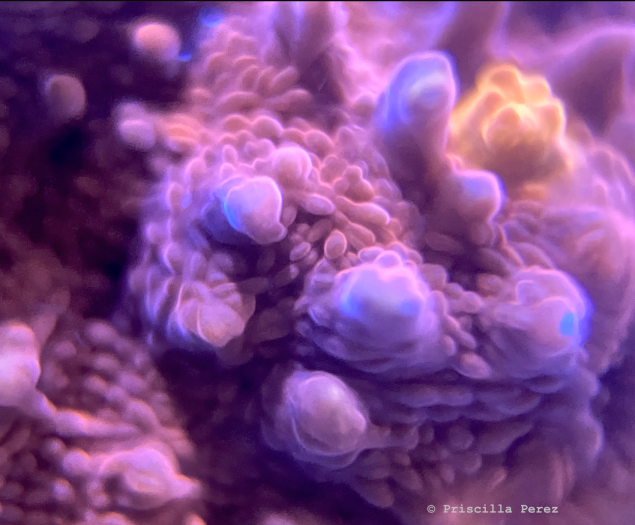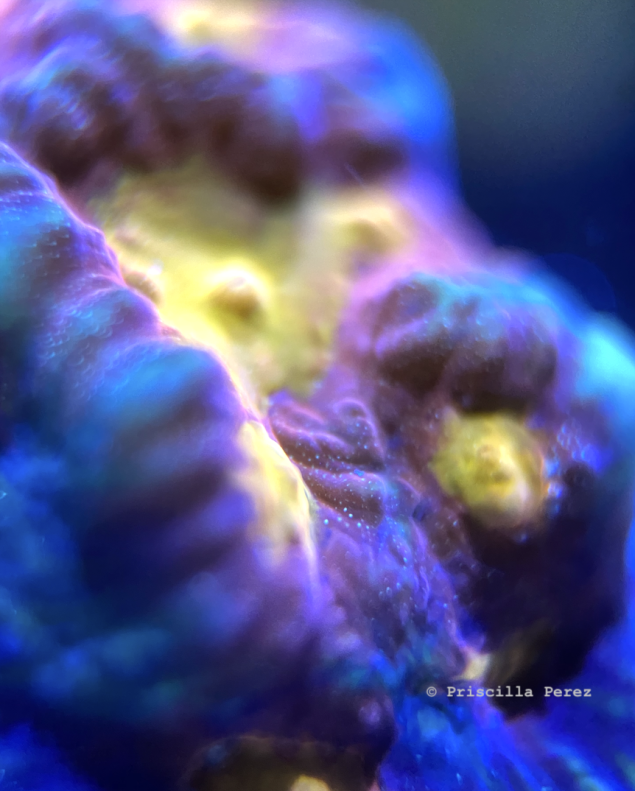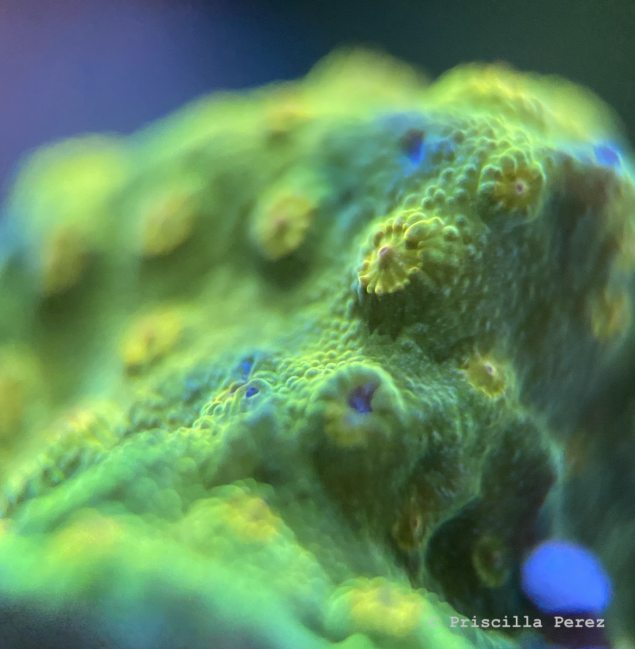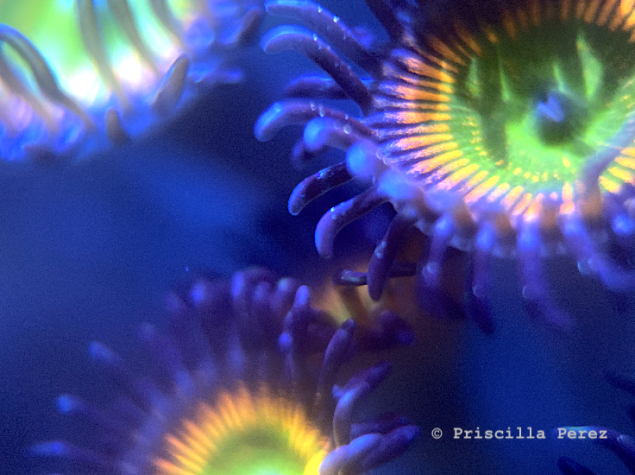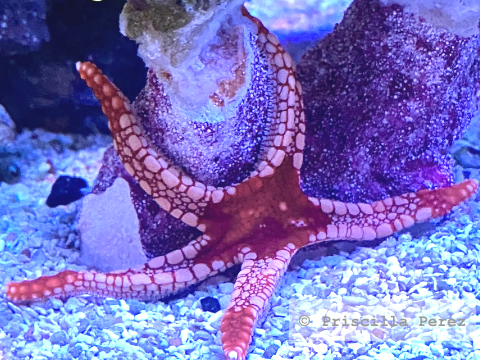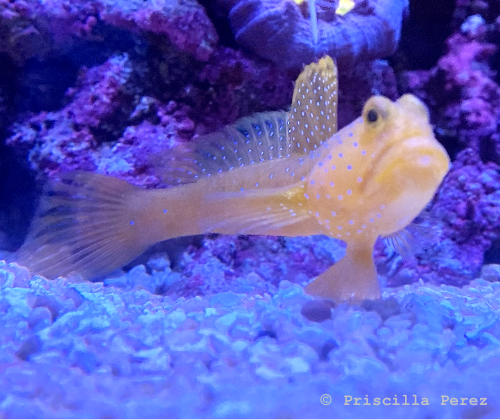8th Grade Science Units Link to this section
8th Grade Science Overview
Link to this section
8th Grade: Overview
Overview
In the SFUSD MS Science 8th grade Curriculum, students are asked “How can we use science and engineering practices to explore motion, waves, evolution, and natural selection?” They study these core science concepts by asking questions, designing investigations, and using evidence-based reasoning to address personally relevant and environmentally focused challenges.
The curriculum consists of five units: four project-based learning units, with embedded performance assessments aligned with the Next Generation Science Standards. and an opening unit, Groupwork, that teaches students how to work as a team. Each unit is focused on a Unit Essential Question.
8th Grade: Standards
Standards
Next Generation Science Standards (NGSS) Performance Expectations:
NGSS Lead States. 2013. Next Generation Science Standards: For States, By States. Washington, DC: The National Academies Press.
NGSS Science and Engineering Practices
|
|
||||
|
|
|
|
|
|
|
|
|
|
|
|
|
|
|
|
|
|
|
|
|
|||
|
|
|
|||
|
|
|
|
||
|
|
|
|
||
|
|
|
|
||
|
|
|
|
||
NGSS Crosscutting Concepts
|
|
||||
|
|
|
|
|
|
|
|
|
|
|
|
|
|
|
|
|
|
|
|
|
|
||
|
|
|
|||
|
|
||||
|
|
|
|
||
|
|
|
|||
“Disciplinary Core Ideas, Science and Engineering Practices, and Crosscutting Concepts” are reproduced verbatim from A Framework for K-12 Science Education: Practices, Crosscutting Concepts, and Core Ideas. DOI: https://doi.org/10.17226/13165. National Research Council; Division of Behavioral and Social Sciences and Education; Board on Science Education; Committee on a Conceptual Framework for New K-12 Science Education Standards. National Academies Press, Washington, DC. This material may be reproduced for noncommercial purposes and used by other parties with this attribution. If the original material is altered in any way, the attribution must state that the material is adapted from the original. All other rights reserved.
8th Grade: Units and Culminating Projects
Units and Culminating Projects
Unit 0: Groupwork
How do we work productively in groups?
Duration: 2–3 weeks
The Learning Through Performance 8th Grade Science Curriculum relies heavily on groupwork. The Groupwork Unit helps students prepare for this work. Groupwork is based on a framework developed by the Program for Complex Instruction at Stanford University, which focuses on informing the construction of group tasks. Multiple research projects conducted by the Program for Complex Instruction consistently show that increased learning gains are directly proportional to the level of students’ on-task talk while working in small groups. To this end, in the Groupwork Unit, students complete four skill-building tasks to acquire the experience and tools needed for effective and productive groupwork.
Unit 1: Motion in the Universe
Essential Question: How can we change the motion of an asteroid heading toward Earth?
Duration: 5–6 weeks
A solar system is a star and all the planets, moons, asteroids, and other objects that move around it. Our solar system is made up of the sun and eight planets as well as moons, asteroids, comets, and other space rocks and formations. In between Mars and Jupiter you can see the asteroid belt. Occasionally, asteroids from the belt move into paths that bring them close to Earth. In this unit, students consider how all the objects in the solar system move. Students also consider how scientists could prevent an asteroid or other near-Earth object from colliding with Earth. For the Group Culminating Project, students work together to prepare a news article that describes a solution to prevent an asteroid from colliding with Earth using a contact or a non-contact force. They use their understanding of forces and motion to come up with the solution. Because there is enough time before the predicted impact, students are asked to come up with a solution that does not involve using an explosive to blow up the asteroid. For the Individual Culminating Project, each student provides a description of an alternative solution to avoid the collision.
Unit 2: Waves
Essential Question: How do we use waves to communicate?
Duration: 5–6 weeks
In this unit, students investigate how waves represent repeating patterns of information that can be carried from one location to another and how certain characteristics of waves (wavelength, frequency, and amplitude) can be manipulated to send desired information. Along the way, students gain a basic understanding of the role that scientific and engineering skills and tools play to help answer questions and solve problems. The Science and Engineering Practices of Asking Questions and Defining Problems, Developing and Using Models, and Analyzing and Interpreting Data are emphasized. The Crosscutting Concepts of Cause and Effect and Structure and Function helps students understand how scientists interpret the collected data using scientific tools. For the Group Culminating Project, students work together to create a presentation in which they describe a plan to communicate with neighbors using sound and light waves. Student solutions must address the benefits and drawbacks of their plan given varying circumstances. In the Individual Culminating Project, each student writes a report explaining the science behind the Communication Plan Report.
Unit 3: Life on Earth
Essential Question: What evidence supports the claim that Earth is heading for a sixth mass extinction?
Duration: 5–6 weeks
The Earth was formed around 4.5 billion years ago. The first life forms appeared on Earth around 3.8 billion years ago. Since then, many different forms of life have existed and gone extinct. In Earth’s history, there have been five mass extinctions that involved the deaths of millions of species. Today there are around 8.7 million different species of organisms on Earth. In recent years, human activities have impacted Earth’s systems, resulting in a rapidly changing environment. These changes may be happening too quickly for many species to survive. In the Group Culminating Project, students will work together create a presentation explaining the evidence and why people should care about the threat of a potential mass extinction. For the Individual Culminating Project, each student will choose a species that is currently on the verge of extinction. They will create at least one slide about this species to be added to the group presentation.
Unit 4: Natural Selection
Essential Question: How can we reduce the spread of antibiotic resistance?
Duration: 5–6 weeks
For the Group Culminating Project, students work together to construct an explanation of how antibiotic resistance occurs and strategies to help stop its spread. For the Individual Culminating Project, each student constructs an explanation of a specific case of genetic engineering and outlines the benefits and drawbacks of the genetically modified organism.
8th Grade Science Resources Link to this section
This page was last updated on July 25, 2023



